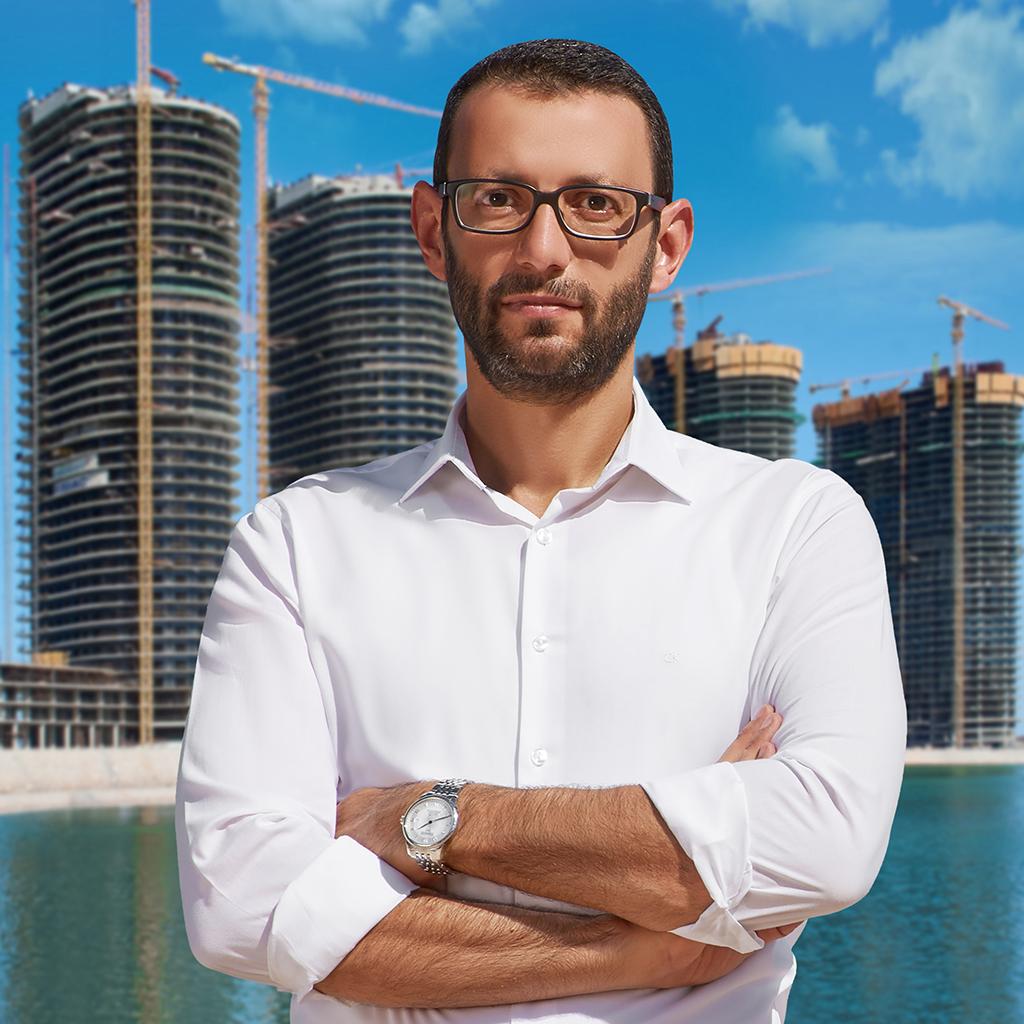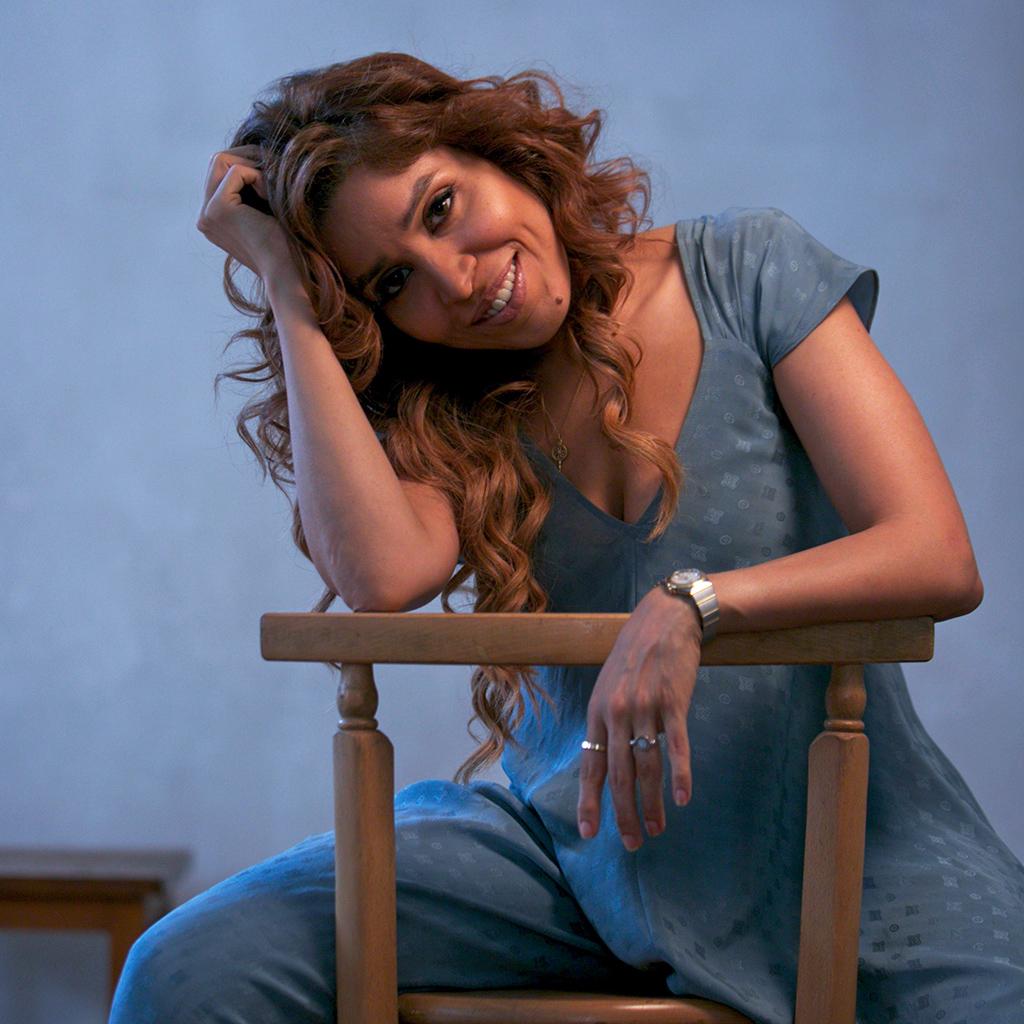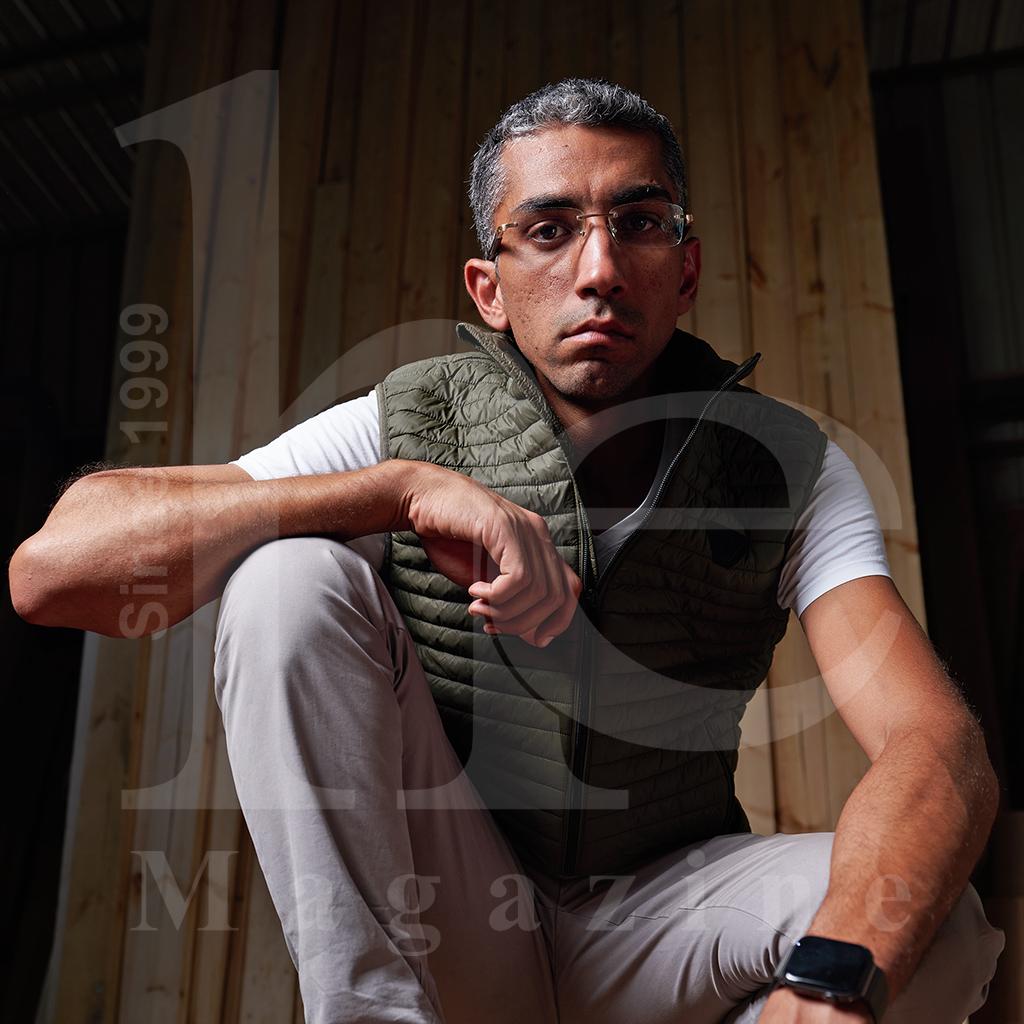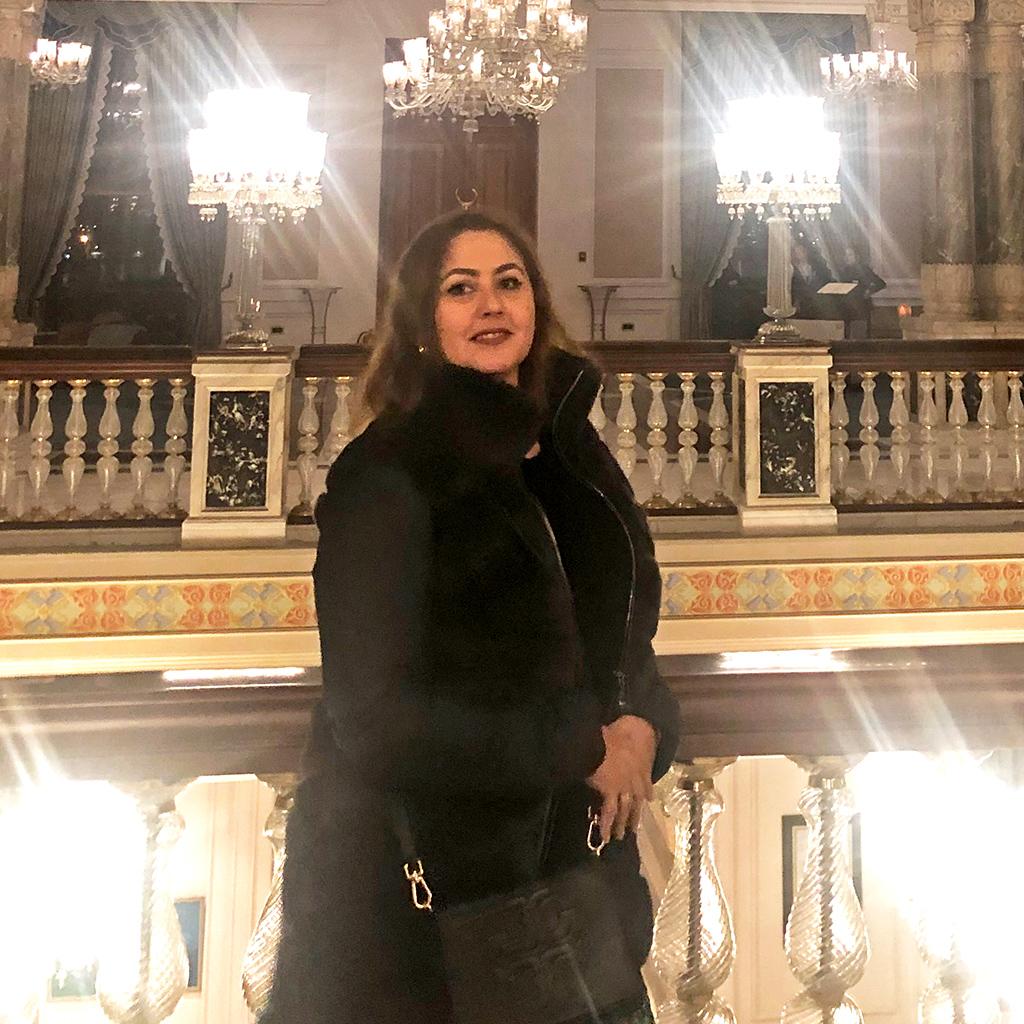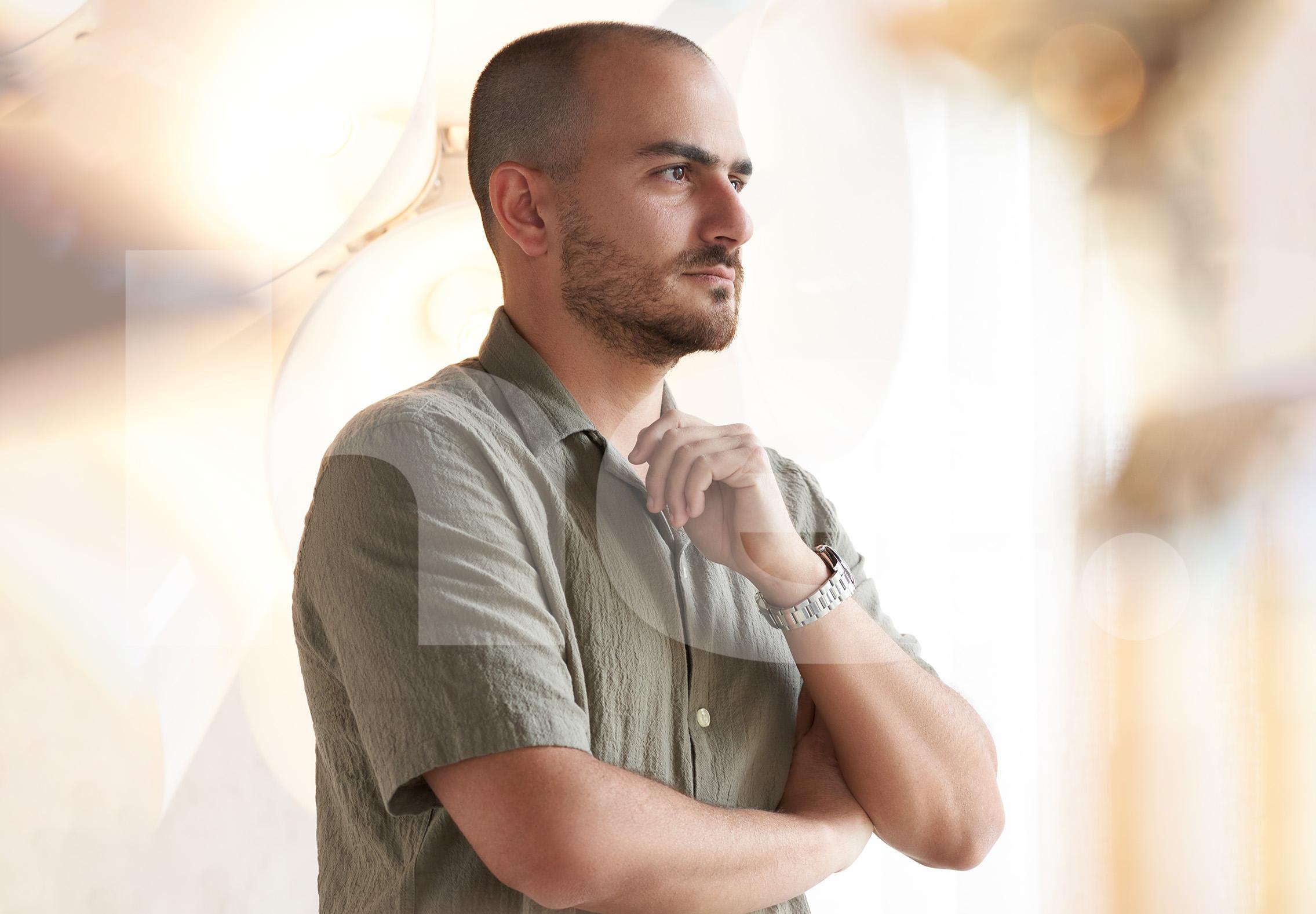
Written by: Mahmoud Demerdash
Date: 2023-06-13
An Acclaimed Architect With a Passion for Sustainability and Wellness
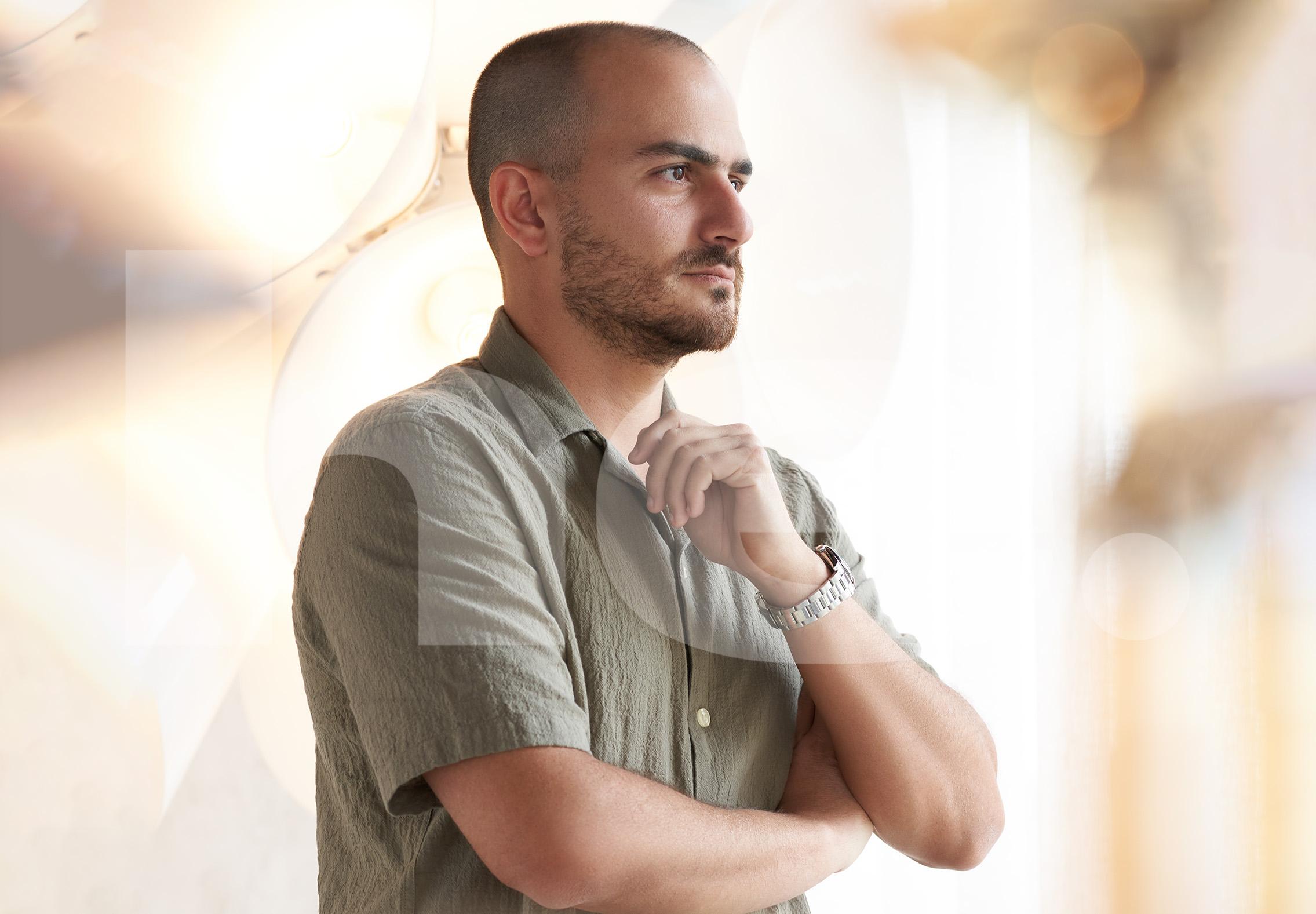
Architectural design is an interdisciplinary process that fuses artistic vision, technical expertise, and thoughtful consideration of human needs to shape the built environment and inspire awe-inspiring spaces. Egypt, renowned for its rich and diverse architectural heritage, nurtures numerous talented architects who have made substantial contributions to the field both domestically and internationally. Among them is Omar Farid, an acclaimed architect and designer, who leaves an indelible mark on the architecture realm. With a profound understanding of the impact of architectural design on environmental sustainability and human well-being, Mr. Farid emerges as a visionary, crafting unique and enriching living experiences.
Through his eponymous design studio and his accreditation in "WELL," he pushes the boundaries of traditional architecture, embracing a holistic approach that prioritizes clients' needs and values. Drawing inspiration from his diverse background and extensive international experience, Mr. Farid seamlessly merges aesthetics, functionality, and user comfort to redefine the purpose and influence of architecture in the modern world. Fuelled by his passion for the WELL Building Standard and an unwavering commitment to creating spaces that promote occupant satisfaction and well-being, Mr. Farid spearheads a new era in architectural design. As he continues to evolve in his career, his ambition knows no bounds, as he explores the art and science behind crafting living environments that forge a profound connection between individuals and their surroundings.
After graduation, the newly minted architect declined a comfortable position within his family business and embarked on a journey overseas to Dubai, where he could shape his own destiny. Enchanted by the surrounding structures, he eagerly engaged in urban-scale projects, accumulating invaluable experience. His earliest accolades came with the design and completion of two towers in the city at a remarkable age of 22. These achievements earned him acclaim and recognition, showcasing his talent and setting the stage for even greater accomplishments. To garner such praise, Mr. Farid adhered to a principle known as the "Four Ps." Passion, Potential, Perception, and Product are integral aspects of the architectural design process. Passion drives creativity, dedication, and commitment, enabling architects to create innovative designs. Understanding a project's potential involves recognizing its inherent possibilities and capitalizing on its strengths and opportunities. Perception considers how clients perceive designs, ensuring they resonate aesthetically, functionally, and emotionally. The final product encompasses the physical realization of the design, emphasizing high-quality, functional, and visually pleasing outcomes. By integrating these four Ps, Mr. Farid and his team achieve meaningful and successful designs that meet client expectations while striking a balance between innovation and architectural excellence.
Recalling the beginnings of his career, Mr. Farid enlightened, stating, "Architecture can change a person's living experience; it is not just about a building but an overall perception; an urban weave, how projects relate to each other, how cities relate to one another." This early experience in Dubai laid the foundation for Mr. Farid's future endeavors, solidifying his conviction that architecture encompasses more than erecting structures—it entails creating immersive environments and spaces that enhance people's lives, a foundation that would lead him to the "WELL" approach.
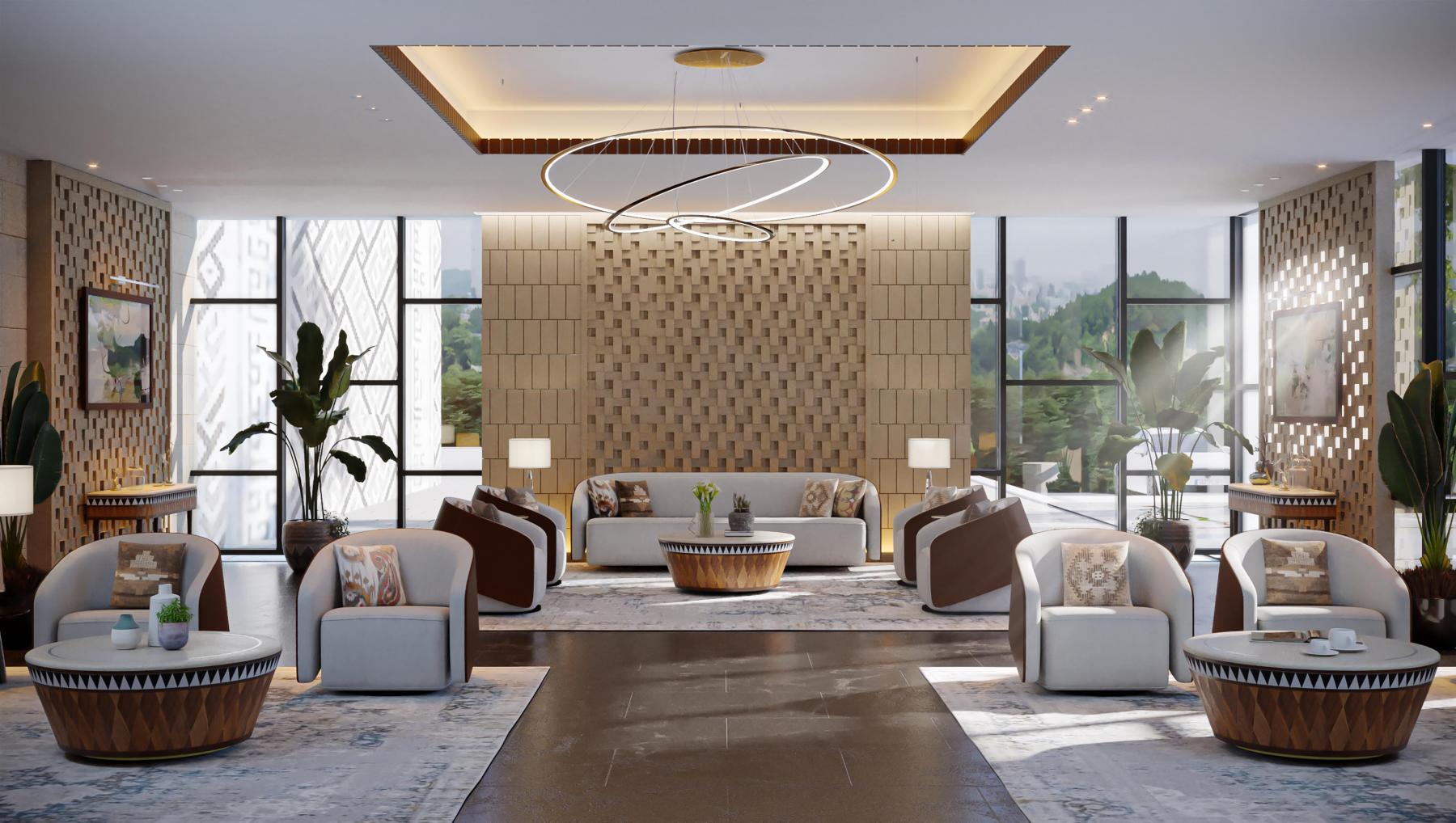
Promoting Wellness through the WELL Building Standard
WELL is a globally recognized building standard that promotes human health and well-being through building design, construction, and operation. It offers a framework for creating spaces that optimize occupant comfort, enhance productivity, and prioritize individuals' overall wellness. The standard is grounded in extensive research and scientific evidence, drawing from medical, behavioral science, and public health fields. It incorporates best practices and strategies to improve the quality of indoor spaces and enhance occupants' experience.
Achieving WELL certification involves a rigorous evaluation process, assessing a building's performance across various categories: air, water, nourishment, light, fitness, comfort, and mind. Each category encompasses specific features and requirements that must be met to attain certification. By embracing the principles of the WELL Building Standard, architects and designers like Mr. Omar Farid can shape the environment in a way that positively impacts individuals' overall quality of life. Mr. Farid expressed, "Focusing on the well-being of a project's user is just as important with everything taken into account in terms of quality and even the interior design as a whole." This belief underscores architecture's crucial role in promoting wellness and emphasizes the significance of considering human needs and comfort in the design process.
.jpg)
Applying Experience to a Unique Project
Mr. Farid applied his experience and newfound knowledge when undertaking a project in the Gulf State of Qatar. The task involved constructing a female-exclusive hotel belonging to the Marriot Family in an area surrounded by nature that the Qatari Government aimed to preserve. The project presented a distinctive challenge compared to the urban environment of Dubai. Balancing the client's needs, preserving the natural beauty of the surroundings, and managing a tight schedule required Mr. Farid to assume both the roles of designer and project manager. Demonstrating his dedication and sense of responsibility, the Egyptian architect embraced the challenge wholeheartedly. Reflecting on the project, Mr. Farid shared, "The challenge in itself is what draws me to a project; it is exactly what surely defines the architectural form and its inner space planning. In many cases, architects and designers try to come up with ways that would benefit the client and the nature of the project itself, never compromising the true intent." The result was a breathtaking hotel seamlessly integrating luxurious amenities, environmental preservation, and a focus on user well-being, solidifying Mr. Farid's reputation as an architect who harmoniously combines artistry with functionality.
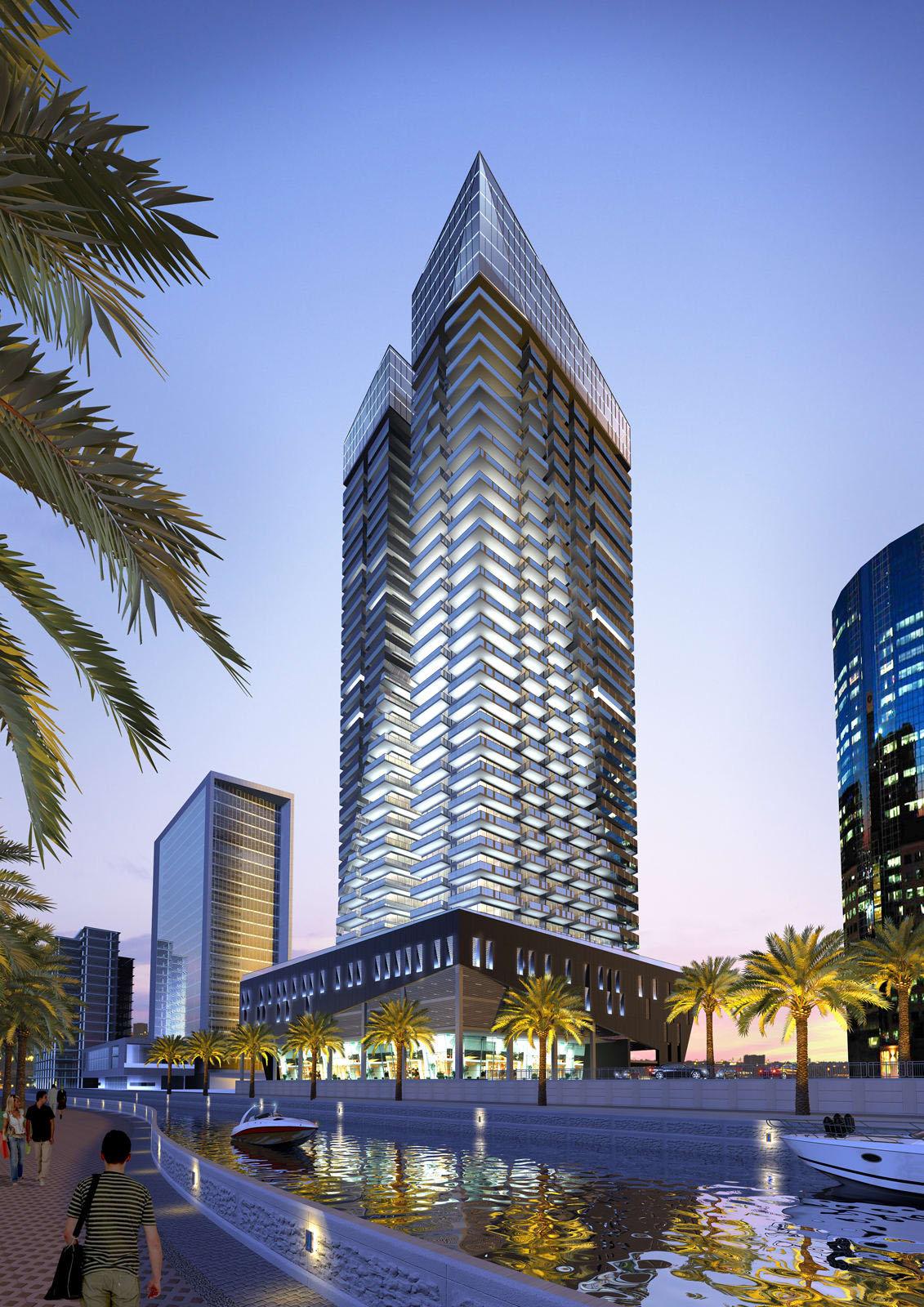
Reinforcing Commitment through Experience
The experience gained in Qatar further reinforced Mr. Farid's commitment to integrating WELL into his architectural works and seeking innovative solutions to enhance user experiences. The project, ultimately earning well-deserved recognition, stood as a shining example of Mr. Farid's architectural prowess and dedication to creating spaces that prioritize user wellness and comfort.
.jpg)
Mr. Farid's Evolution and Meticulous Approach
Mr. Farid's time spent in Qatar not only allowed him to leave his mark on another nation's landscape but also matured his knowledge and further evolved his abilities. As he explained, "With time and experience comes the testimony and proof that architecture changes you as a person and as a designer, accepting that the process of evolution is only necessary." The acclaimed architect takes a meticulous approach to all his projects, conducting extensive research beforehand.
Creating a Unique Fabric in Uzbekistan
In a current project in Uzbekistan, a country with a storied history in the heart of Asia, Mr. Farid and his team delved into studying the country's history and culture to create a design that reflects its unique fabric. He described their approach, saying, "We studied the country's history, being a very rich one with civilizations that date back centuries ago being located in Central Asia. Considered to be the link between the east and the west of the continent, through the Silk Road; the goal was to reach out and create their own unique fabric and tale that would portray their eccentric layers and culture through the use of expressive and decorative pattern generations."
The project focused on the development of an archive building center, which required careful consideration of expressive and decorative pattern generations. Given the country's diverse history and its accumulated layers over the centuries, patterns and design elements played a crucial role in capturing its essence. Mr. Farid drew inspiration from its distinctive design elements, furniture styles, and everyday materials to create a space that genuinely represents Uzbekistan's eccentricity and cultural heritage while incorporating his goal of sustainability. With meticulous attention to detail and armed with a deep understanding of Uzbekistan's past, Mr. Farid aims to create a space that not only fulfills its functional purpose as the most WELL-built building in the nation but also serves as a testament to the country's unique identity.

Contributing to Egypt's Market
Despite his international work, Mr. Farid's desire to contribute to his homeland remained strong. Like all Egyptians abroad, he longed for a return that only the waters of the Nile could quench. Upon returning to the country, he incorporated the principles of WELL into his designs for residential and hospitality-type buildings. In a competitive market like Egypt, Mr. Farid confidently stated, "Due to my personal experiences and what I have worked on for the past 16 years since graduating, I believe I have no limit and can work with whatever comes in hand." Mr. Omar Farid differentiates himself by pushing boundaries and offering architectural solutions that transcend conventional approaches. He believes that studying the client, their needs, requirements, and desired outcomes away from the built environment forms the genesis of an idea, allowing for successful outcomes.
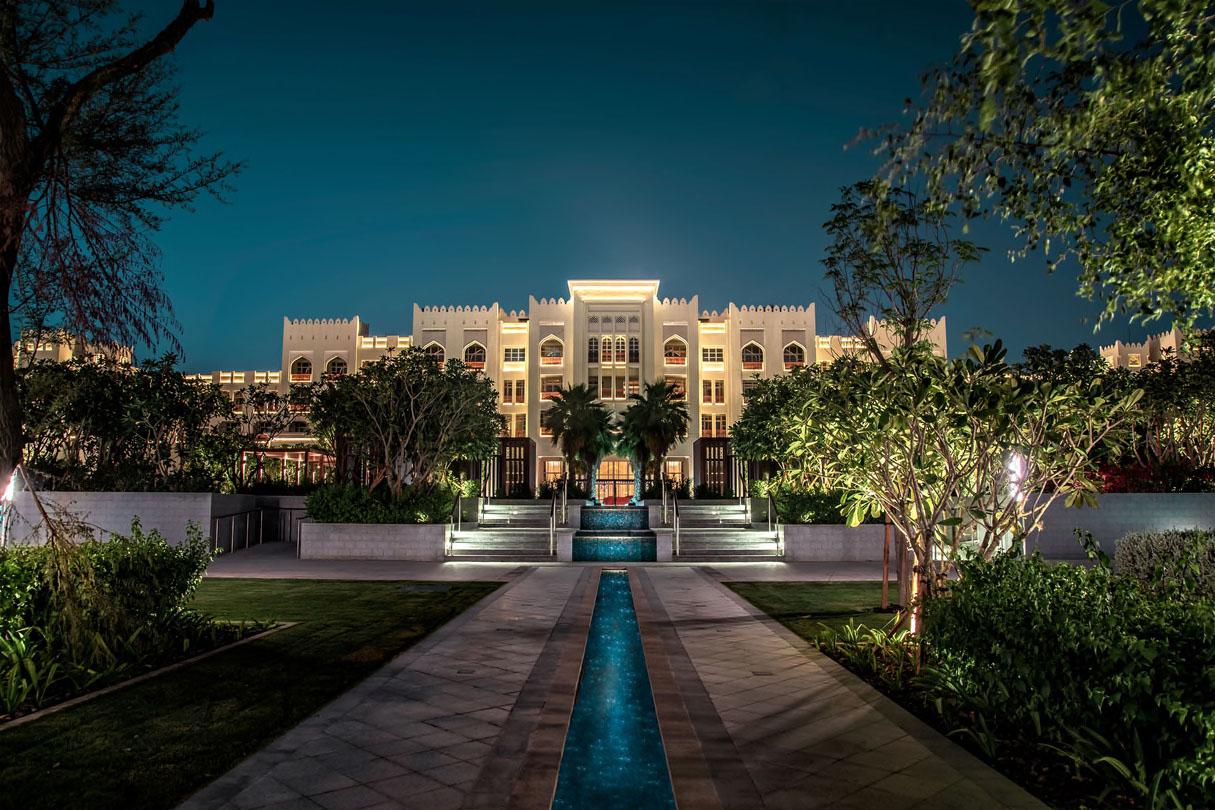
The Intersection of Artistic Vision, Technical Expertise, and Human Needs
Architectural design is a creative and interdisciplinary process that combines artistic vision, technical expertise, and thoughtful consideration of human needs to shape the built environment and create inspiring spaces. Mr. Farid emphasizes the importance of studying the client, their needs, and the desired outcome as the foundation for generating ideas. Architecture speaks to the practice's ability to engage with a variety of client needs and produce successful outcomes.
In a world where environmental concerns are at an all-time high, Omar Farid emerges as a transformative figure in the design world, revolutionizing the approach by integrating wellness and environmental sustainability. Mr. Farid, a green architect and designer, carries on the legacy of his ancestors. Dedicated to bringing clients' functional and aesthetic needs to life, he is the design guru who achieves the perfect union of visually appealing and environmentally responsible spaces. With a keen understanding of the pivotal role architectural design plays in promoting environmental sustainability and human well-being, Mr. Farid has become a visionary in crafting unique and enriching living experiences. To him, architecture encompasses more than just a pleasing facade—it involves designing spaces that enhance our lives holistically. His work redefines the purpose and impact of architecture in the modern world. As he progresses in his career, he remains ambitiously driven, aspiring to explore the art and science of creating living environments that foster a profound connection between people and their surroundings. This passion for crafting welcoming and familiar environments sets him apart as a true master of his craft.
Regarding his future aspirations, Mr. Farid asserts, "I have no limits to my ambitions nor do I intend on limiting myself to a certain path. My goal revolves around focusing on experiences that connect people with their surroundings. Engaging in diverse experiences and building upon these sentiments will undoubtedly give me an edge in the market and help me comprehend the art and science behind such a practice." With the government's clear intentions following COP27 and the looming presence of new cities and megastructures, the time for implementing WELL in Egypt is now. Mr. Farid explores the realm of upcycled materials and furniture design, offering an enticing prospect for Egyptian consumers. Continuing his architectural work is essential for the Egypt we leave for future generations. Mr. Farid's story is far from over; the future he weaves through his architectural endeavors leaves ample room for a healthier and sustainable Egypt.


